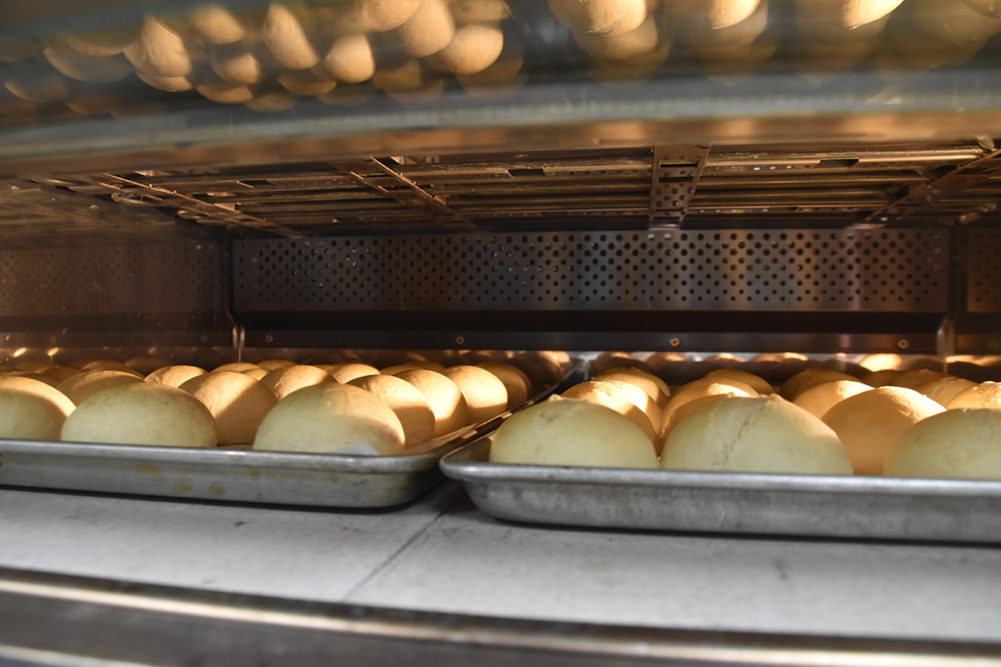The choice of an oven for your instore bakery often comes down to what kind of bakery you have: do you still cook most baked goods from scratch, or are you leaning toward the less-labor-intensive par-baked?
Shane Dans, vice president of business development- retail for Middleby Corp., guessed that about 90% of new or renovated bakeries are more par-bake than scratch.
“As much as we all like scratch, labor is crazy right now, and with turnover, bakeries are just trying to keep their doors open,” he said.
When it comes to ovens, traditional grocers are trending toward double or multiple rack rolling ovens and proofers that complement them well, Dans said.
Dans has been trying to talk retailers into thinking about ovens for their instore bakeries a bit differently. A large rack oven, whether it’s gas or electricity, costs a lot of money in utility costs to run.
Add to that the fact that, because of the labor crunch, few if any employees are in the ISB after noon.
The problem with that scenario is, most people do their shopping after noon, not before. By the time many shoppers get to the department, it can be slim pickings if what they’re looking for qualifies under any reasonable definition of “fresh.”
One solution, Dans said, is to add a second, smaller oven that doesn’t cost a fortune to run and can turn out easier-to-make fresh baked goods throughout the day.
“If you’re doing par-baked, it’s nothing more complicated than proofing it and putting it on racks,” he said. “Why not have a smaller oven up front for baguettes or French loaves later in the day for different dayparts. It doesn’t require starting up a massive 450 BTU oven.”
No need for a “classic baker,” Dans said. Existing staff can be trained to do these smaller, later bakes.
“They’re all programmable these days, touch-and-go, and not just ours,” Dans said, citing similar easy-to-use smaller ovens from manufacturers like Hobart.
It’s a perfect solution, Dans said, for retailers that suffer up to 500% turnover rates.
“Kids might be stocking shelves on Monday, then they’re thrown into the bakery on Tuesday, they find it’s messy and they want out.”
Despite its advantages, the smaller oven in the afternoon idea is a hard sell for some bigger retailers, for whom change is like “turning around a battleship,” Dans said. That said, some larger chains are contemplating making the change, he said. And smaller independents have been more open to the idea.
Looking ahead, oven shortages will continue to a be a problem in 2023, Dans said. For a lot of larger ovens, retailers can expect a 4-week lead time between the time they order their new oven and the time it arrives.
“The days of equipment dying on Friday morning and having something new that night are gone,” Dans said.
As a result, service and maintenance is more important than ever.

